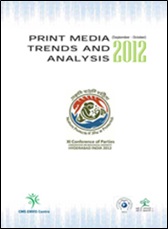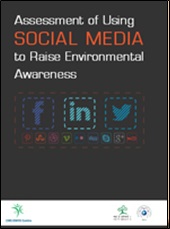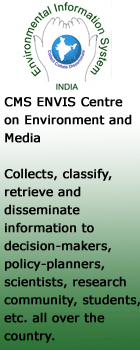| Wednesday, February 29, 2012
|
|
|
| Interlinking Rivers |
| Correspondent
: |
| Going by experts’ reports and official records placed before it, the Supreme Court has concluded that the interlinking of India’s rivers is possible to tackle floods and provide water to drought-prone states and that the Centre and most states are willing to implement it. The court has directed the Centre to appoint a committee to monitor what could be the world’s biggest such project, which was originally expected to cost Rs 5 lakh crore. Proposed by the NDA government in 2002 and supported by former President A.P.J. Abdul Kalam, the ambitious project languished in the court for 10 years as the court tried to understand the complexities of such a large venture.
Outside the court, the UPA government has not shown much interest in the project. The immediate response of a Congress spokeswoman — ‘it is easy to join rivers on paper’ — is not very enthusiastic. Inter-state river water disputes — for instance, between Punjab and Haryana over Sutlej-Beas waters and between Karnataka and Tamil Nadu over Cauvery waters — have proved some of the most challenging to settle. Water is a highly emotive issue and short-sighted, squabbling politicians raise passions in their bid to be seen as champions of their state’s rights, disregarding the broader national interest. The recent cases of Centre-state standoff — over multi-brand retail and the National Counter Terrorism Centre — do not inspire much confidence that cooperation required to execute the river-linking project would be possible.
Even if a political consensus does ultimately emerge, there are problems of land acquisition, dislocation of people, environmental impact, NGO protests, and more importantly, financial viability and desirability of the project. The court seems to have relied on the findings of the NCAER and a standing committee of Parliament to reach its conclusions. The final call will have to be taken by the Executive. In a democracy people at large will have to be convinced that rivers can be tamed and forced to run contrary to their gravity-driven natural course, and that it is worth the money and effort involved.
|
| |
| SOURCE
:
|
| Back
to pevious page |
|
|

|
|
Advertise with Green Media
|
|
Be a part of this successful campaign and advertise your events, seminars, conferences, festivals or services, job requirements etc. "GREEN MEDIA" - unique E-newsletter DAILY reaches to more than 3000 environmentalists, wildlife experts, activists, filmmakers and media professionals. For Advertisement contact: cmsenvis@cmsindia.org
|
Print Media Trends and Analysis: CoP 11/MoP 6
|

|
Assessment of Using Social Media to Raise environmental Awareness
|

|
Trends in the coverage of environment by news channels
|

|
|
|
|
|
|
|
|









